Elements aren’t just in chemistry sets; they shape how life moves, eats, fights, and survives. Across the wild, certain species embody fire, earth, air, and water so clearly that they feel like living emblems. Think of a lion’s heat-forged stamina or an elephant’s ground-shifting force – these aren’t metaphors tossed around lightly, but patterns biologists can measure. Today, researchers combine satellite maps, bio-loggers, and physics to reveal how elemental dominance plays out, from savannas to abyssal plains. The result is a new way to see power in nature: not as myth, but as measurable advantage.
The Hidden Clues
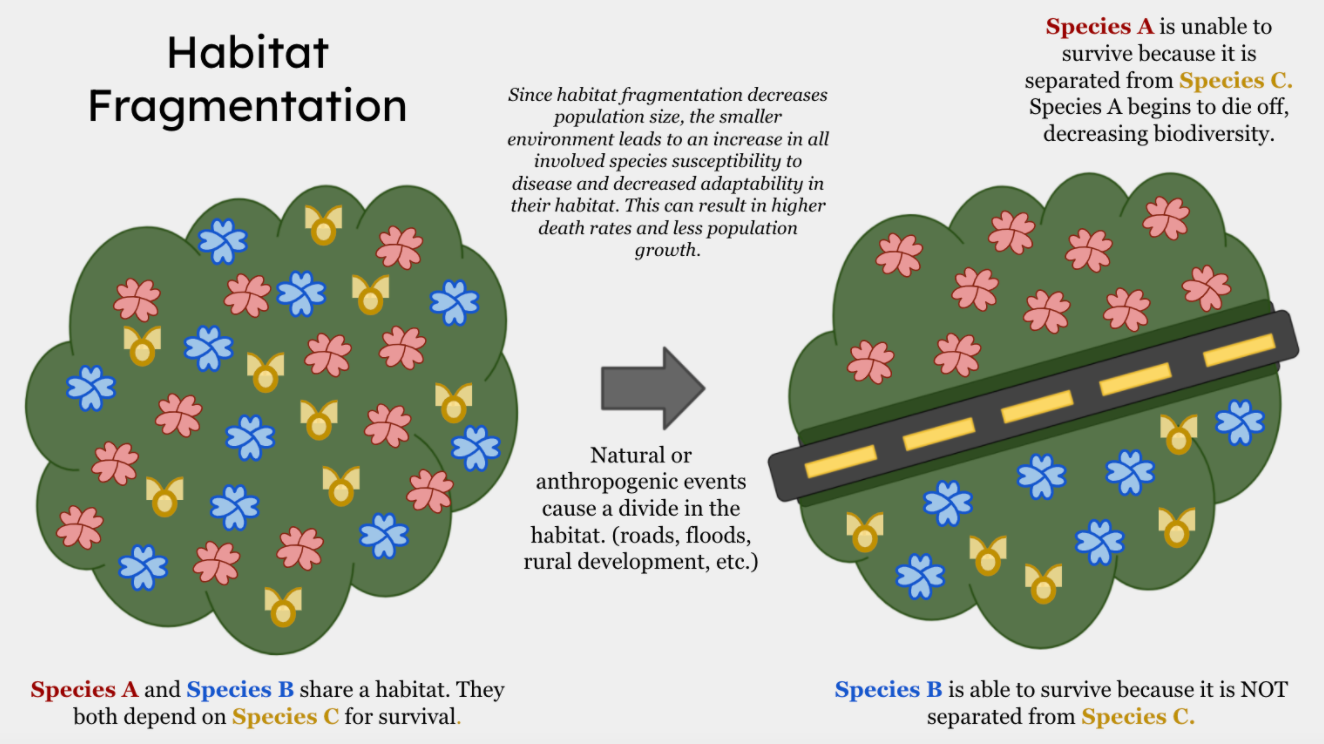
Which element would choose you if nature held up a mirror? In the field, the clues are everywhere: scorched grasslands where predators hunt along fresh fire lines, cracked riverbeds opened by tusks, feathered athletes cutting through headwinds, and deep-sea hunters sculpted by pressure. These scenes aren’t just poetic; they hint at measurable traits like thermal tolerance, soil engineering, aerodynamic efficiency, and hydrodynamic control. Each trait ties an animal to an element that amplifies its strengths.
Scientists track these links by pairing behavior with physics. Thermal cameras reveal heat signatures during hunts, GPS collars trace movements after burns, and accelerometers log wingbeats against turbulence. When viewed together, patterns jump out: some species don’t just survive in certain elemental conditions – they dominate. That dominance is the story behind each emblem.
Fire, Summoned: Lions on the Heat Line
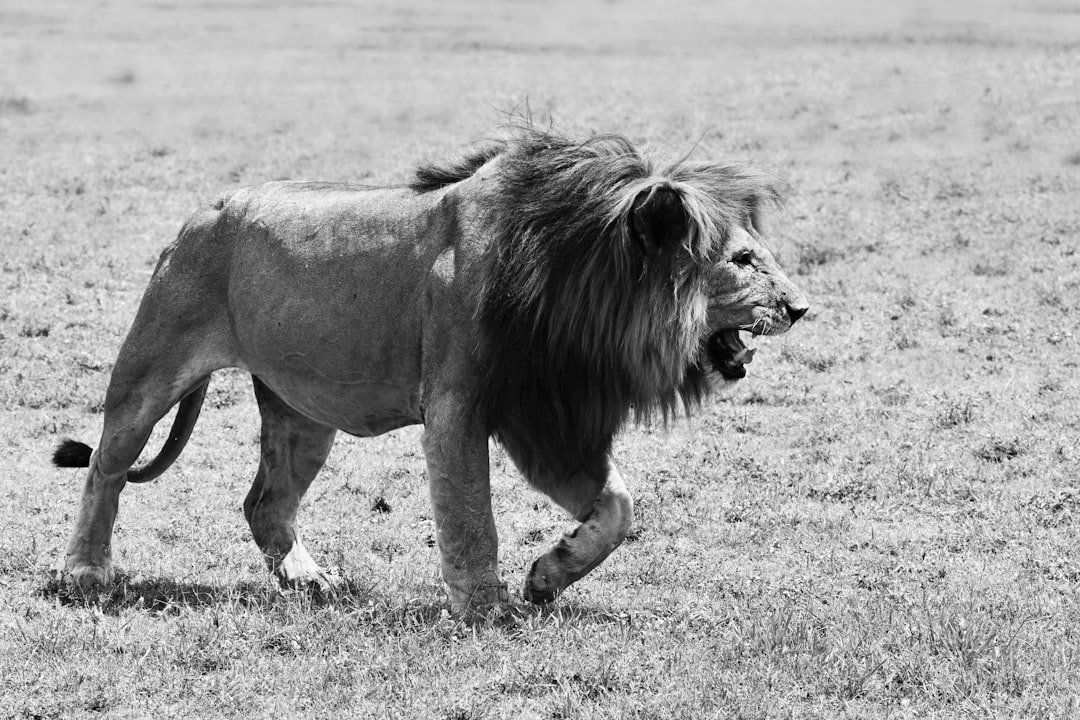
Lions don’t breathe literal flames, but their supremacy rides on heat management and timing. Crepuscular hunts spare them the full brunt of daytime temperatures, while shade-seeking and panting help balance a high-energy, high-risk lifestyle. After natural or managed burns, open terrain and new plant growth pull grazers in; predators, lions included, often trace these edges where visibility and prey density shift in their favor. In a warming world, that heat line is moving, and the big cat’s success depends on tracking it smartly.
I once watched a pride in northern Kenya hold still through shimmering heat, then surge at dusk like a slow fuse catching light. The physics is simple: cooler air means safer sprinting and steadier pursuit, but the strategy is ancient and refined. Even the iconic mane signals trade-offs, influencing social standing while raising thermal costs – a costly crown in the wrong weather. Fire favors the lion that respects it.
Earth, Unshaken: Elephants as Architects of Ground and Memory
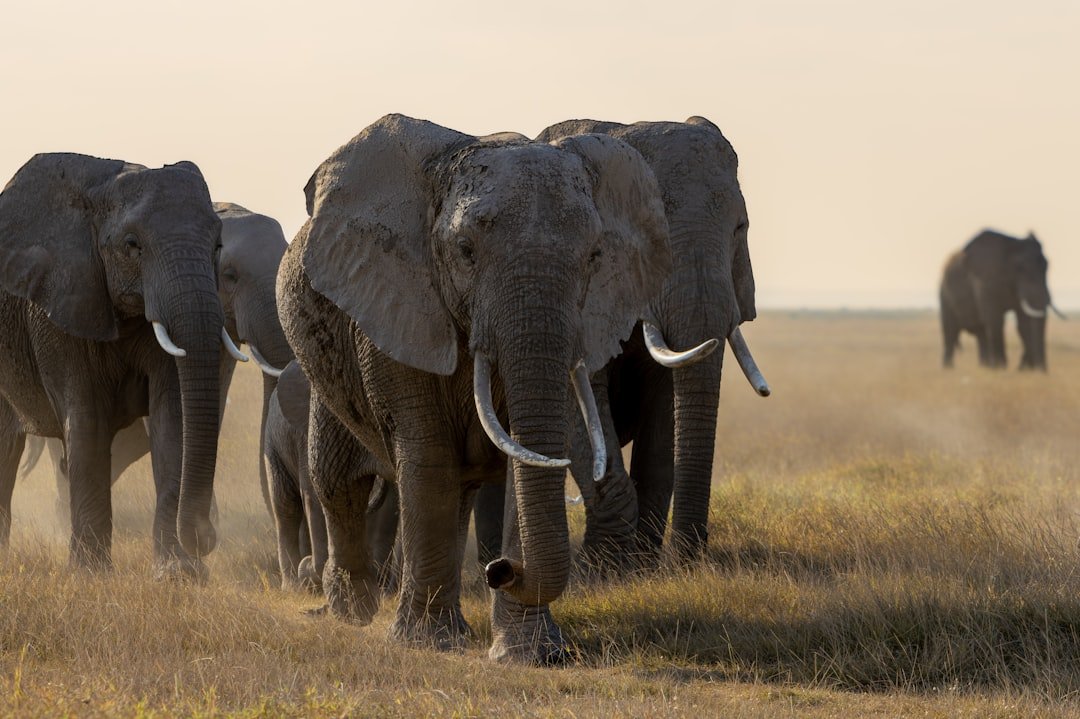
Elephants are earth’s engineers, changing landscapes with every step. Their bulk clears paths that many species reuse, turning dense woodland into mixed mosaics where light and grass return. In dry seasons, tusks pry open water points and root out minerals, effectively drilling wells and mining salt for the entire neighborhood. Seeds travel in their gut and sprout in new places, stitched to the land by memory-rich migrations.
That memory matters when droughts lengthen and maps of forage shift. Older matriarchs guide herds to reliable water and safe corridors, preserving routes that satellites only recently confirmed. Their work rivals bulldozers and water trucks, yet it costs no diesel – just access and time. If any animal wears earth as armor, it’s the one that builds tomorrow’s habitat under its own feet.
Air and Water: Masters of the Fluid Worlds
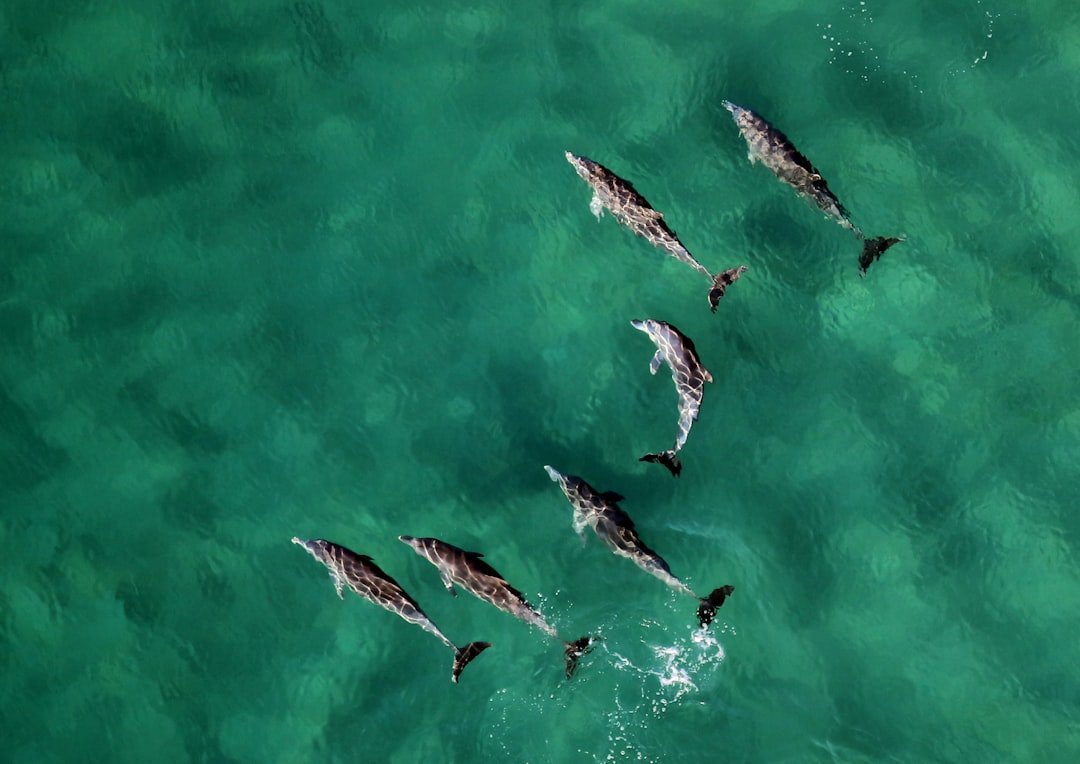
Air rewards precision, and raptors cash in by riding pressure gradients and slicing vortices. Peregrines fold into dives at more than two hundred miles per hour, turning gravity and drag into a controllable weapon. Sea birds bank on laminar lift over waves, their flight like calligraphy written on the wind. In both cases, wings, feathers, and micro-maneuvers translate invisible currents into control.
Water is the heavier twin of air, and its pressure sculpts champions just as surely. Sperm whales descend past light’s last blue to hunt with sound, their bodies tuned to collapse spaces safely and conserve oxygen. Octopuses thread small worlds with big intelligence, shifting color and texture in a blink while pulling jets of water for split-second motion. Whether gliding through turbulence or bending it to their will, these species prove that mastery of fluids is mastery of opportunity.
From Ancient Tools to Modern Science
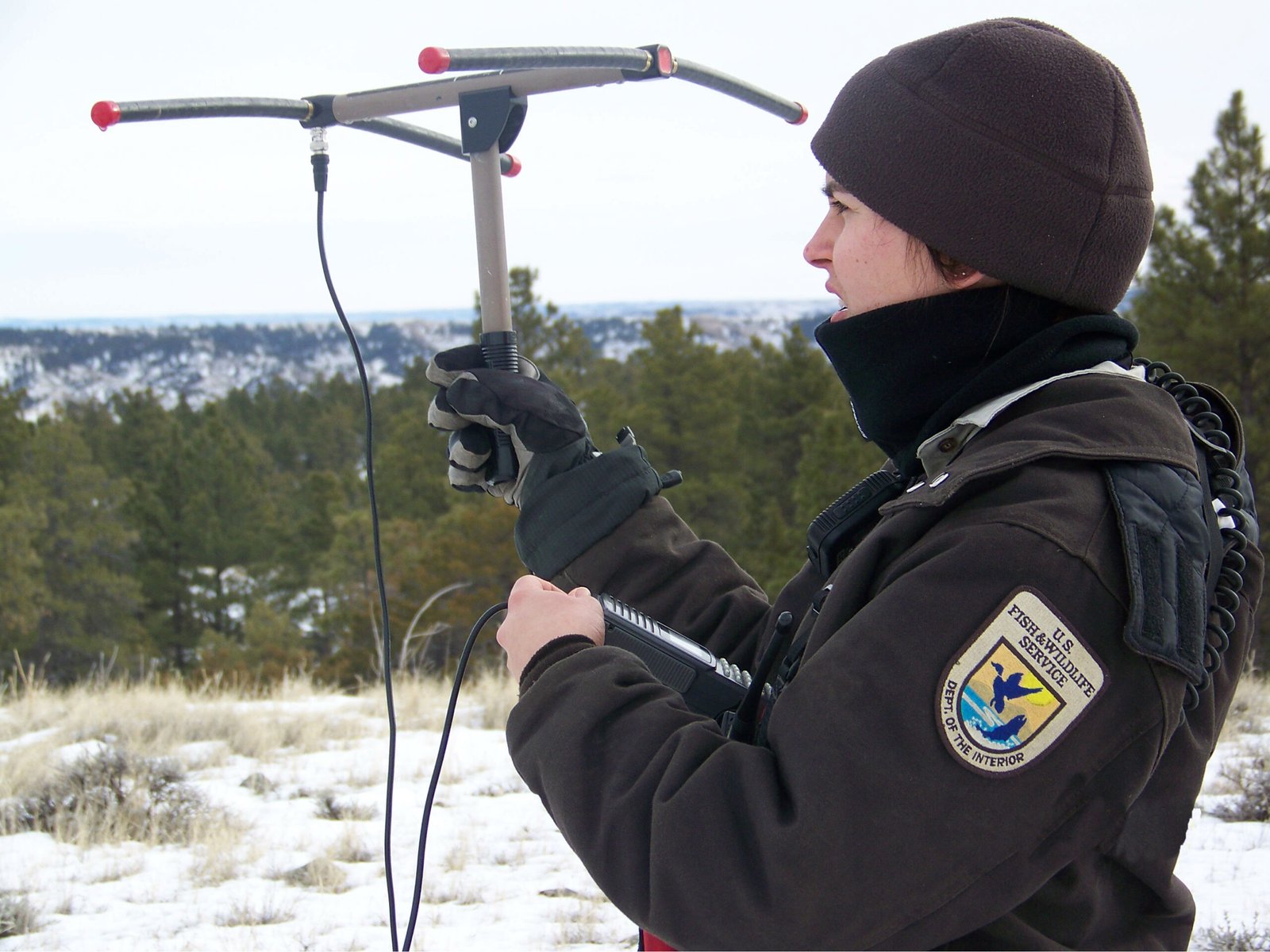
Early naturalists read tracks and smoke; now teams read satellites and soundscapes. Fire scars mapped from space align with predator routes, while thermal sensors reveal how bodies shed or store heat in real time. Lightweight tags parse wingbeats into thrust and glide, and pressure sensors ride along on dives to chart oxygen budgets second by second. Even soil compaction from elephant pathways shows up in high-resolution radar.
In the lab, researchers model airflow and water drag in wind tunnels and flow tanks. Computer vision counts animals that infrared drones spot from hundreds of feet up, and machine learning threads those counts into habitat forecasts. Add environmental DNA from waterholes and the picture sharpens: who passed through, when, and how often. The toolkit has changed, but the goal hasn’t – follow the power, understand the system.
Why It Matters
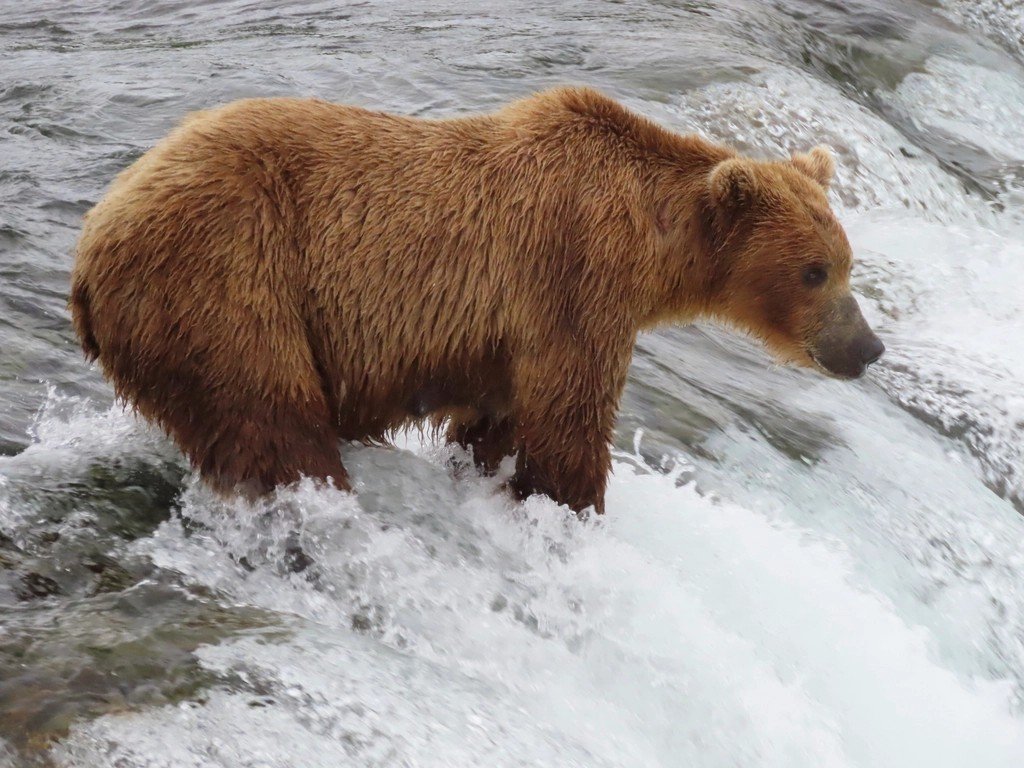
Elemental dominance is more than a neat metaphor; it’s a guide to resilience, risk, and smart conservation. If lions lean on thermal windows and post-burn edges, heat waves or fire suppression can tilt entire food webs. If elephants engineer water and corridors, blocking their movement collapses benefits for countless others. Air and water masters flag the health of the atmosphere and the oceans, warning us early when currents go wrong.
Consider a few grounded signals that steer real decisions:
- When burns reset vegetation, grazing rebounds fast, and predator-prey encounters often spike along those fresh boundaries.
- Elephant corridors keep human-crop conflict lower and seed dispersal higher, preserving both livelihoods and forests.
- Raptor nesting success tracks wind patterns and prey cycles, while deep-diving whales reflect how noise and temperature layers change offshore.
The Future Landscape
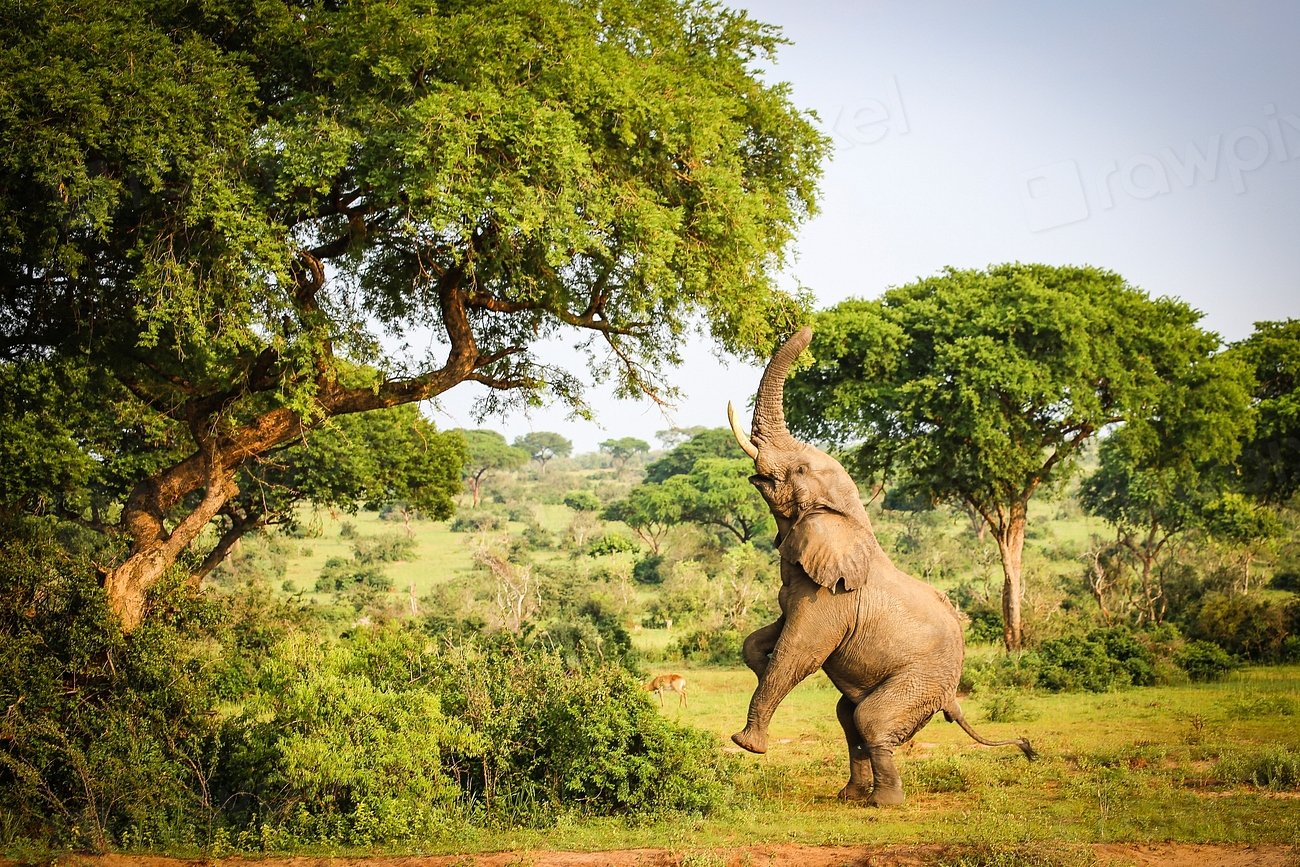
Climate trends are writing new rules for each element. Longer heat spells push hunts deeper into the night, reshaping competition and risk across savannas. Altered fire regimes – too frequent in some places, too rare in others – can strip habitats of complexity, dulling the edges where predators once excelled. Meanwhile, fragmented ground severs elephant memory from the routes it protects.
Technology will press back. Smarter collars forecast stress before it spikes, while AI listens for elusive calls through acoustic networks that run for months. Satellite constellations watch burns, floods, and plankton blooms like a daily diary, and environmental DNA sampling scales conservation biology the way blood tests scaled medicine. The next decade will reward the teams that fuse all of it into rapid, local action.
Conclusion
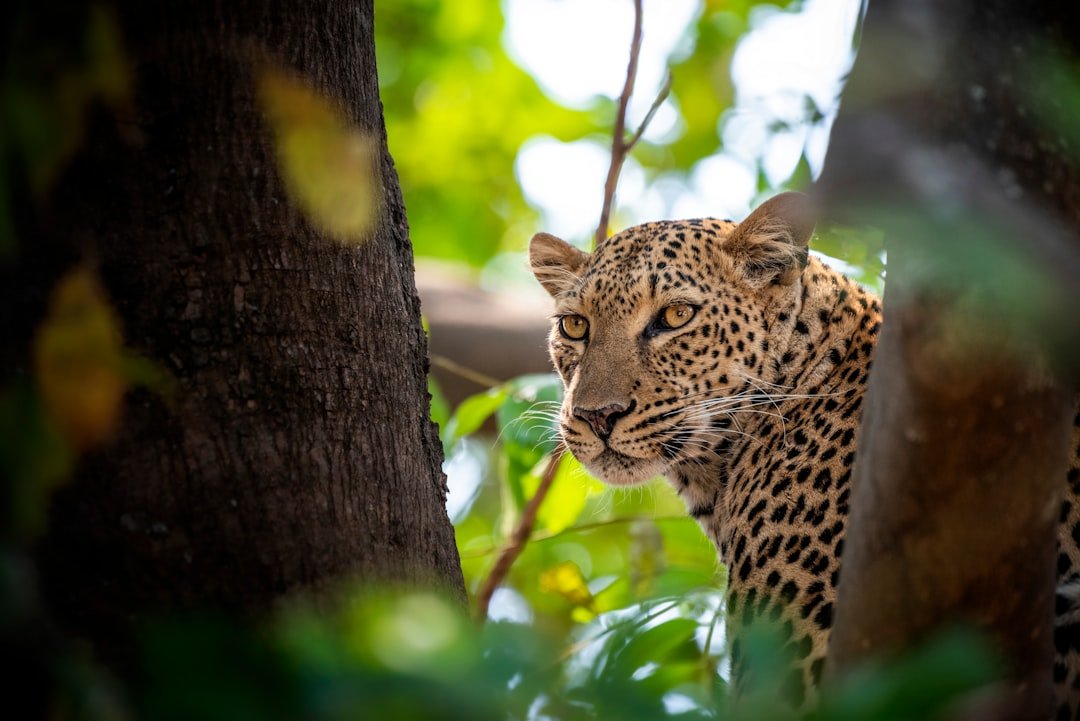
Start where you live, but think in elements. Support corridor projects that reconnect ground for elephants and other movers, and back fire management that restores healthy, patchy mosaics instead of runaway infernos. Choose seafood from fisheries that track bycatch and noise impacts, and keep an eye on coastal groups measuring how warming layers shift migration. Even small habits – less single-use plastic, quieter boats, citizen reports on raptor nests or whale sightings – stack up fast when data-hungry science meets committed communities.
If power in nature is elemental, our power is collective and practical. Pick your element and help its emblem thrive – cool the hunt with shade and water, stitch the landscape back together, keep the air clean for flight, and leave the ocean clear for sound and speed. The wild is telling us exactly what it needs in the language of heat, soil, wind, and pressure. Are we ready to answer it now or later?

Suhail Ahmed is a passionate digital professional and nature enthusiast with over 8 years of experience in content strategy, SEO, web development, and digital operations. Alongside his freelance journey, Suhail actively contributes to nature and wildlife platforms like Discover Wildlife, where he channels his curiosity for the planet into engaging, educational storytelling.
With a strong background in managing digital ecosystems — from ecommerce stores and WordPress websites to social media and automation — Suhail merges technical precision with creative insight. His content reflects a rare balance: SEO-friendly yet deeply human, data-informed yet emotionally resonant.
Driven by a love for discovery and storytelling, Suhail believes in using digital platforms to amplify causes that matter — especially those protecting Earth’s biodiversity and inspiring sustainable living. Whether he’s managing online projects or crafting wildlife content, his goal remains the same: to inform, inspire, and leave a positive digital footprint.




